The Lost Crops of Africa
A series on crops that have defined African agricultural ingenuity.
No other continent has a three-volume encyclopedia detailing grains, vegetables and fruits that have been deemed “lost”. Sure, as the age of empire turned to globalization and “free trade” became the law of the land over the recent centuries, food, like our languages, has become increasingly less diverse. We eat fewer crops, and our taste buds have been converging to similar preferences. However, the loss of diversity is ever more present on the African continent, which suffers more losses and endures more disadvantages than any other continent.
The Lost Crops of Africa

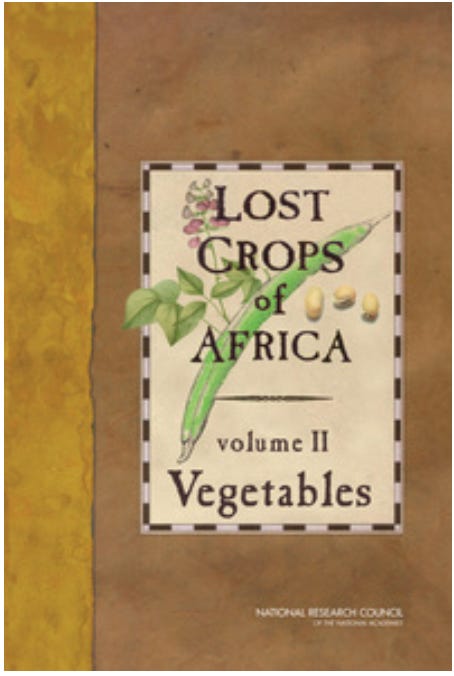

The Lost Crops of Africa is a three-volume encyclopedia published over the course of 12 years, constituting 20+ years of research bringing together 100s of African and international scholars detailing the history and uses of various native African crops. Although the contributors acknowledge the title might be a misnomer, they are right in explaining that many of these crops no longer form the basis of the diets of people who historically cultivated them. Many are now listed as “neglected crops,” crops that are less cultivated, less consumed and out of reach for the many who will benefit from them. The goal was to highlight the potential for Africa’s own native crops to feed its own people in a time when adequate nutrition is difficult. A lot of these crops are African solutions to African food problems, but also solutions to feeding the world in climate crises. Obviously, the deterioration of food supply is a nuanced topic that should include a conversation about the impact of colonialism (and neo-colonialism), racism, the draining of African resources, and climate change. Something the sponsors of this encyclopedia (U.S. Agency for International Development) would have had to reckon with. However, it is important to identify these neglected crops before addressing these broad topics.
The goal of this series
2023 Upper East Ghana, Millet and Hibiscus Farm
My goal with this series is to raise awareness of these crops. These crops are a direct pushback to the narrative that the African continent is incapable of ingenuity. I covered a summary of this in my newsletter on African Rice (which is also a Lost Crop of Africa) about the impact of racism on the understanding of African agricultural practices. By pushing back on this narrative, I want to highlight that the African continent can be part of the conversation of agricultural ingenuity and carefully curated food traditions.
What to expect from this series
The Lost Crops of Africa encyclopedia encompasses three volumes — grains, vegetables and fruits. I will not be able to cover every single crop because some are regionally specific (African regions I am not familiar with), but I will do my best to cover what I can. I have already covered some of these lost crops in some capacity with my African rice newsletter as well as my superfoods tea newsletter, but I will expand on some of these crops and provide one recipe for each Lost Crops of Africa newsletter I share.
Newsletters will cycle between grains, vegetables, and fruits.
Grains
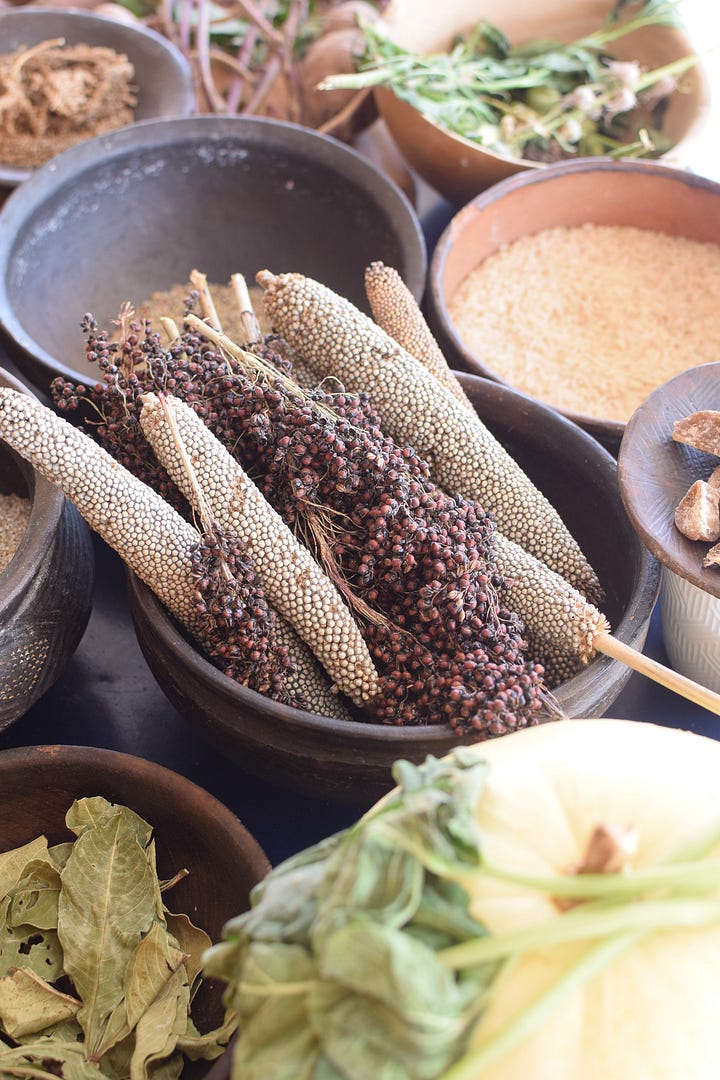
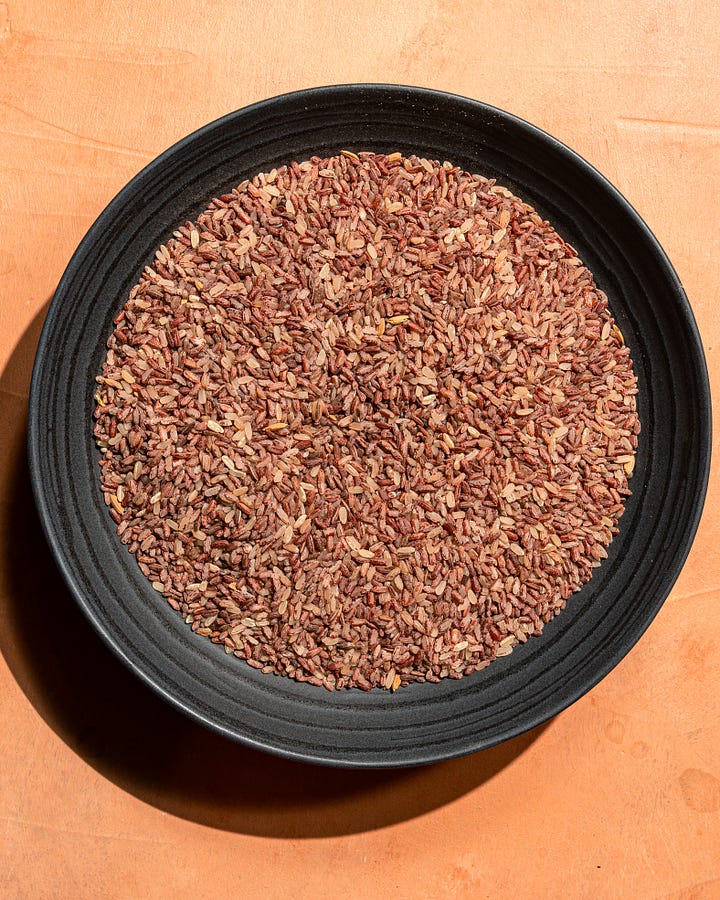
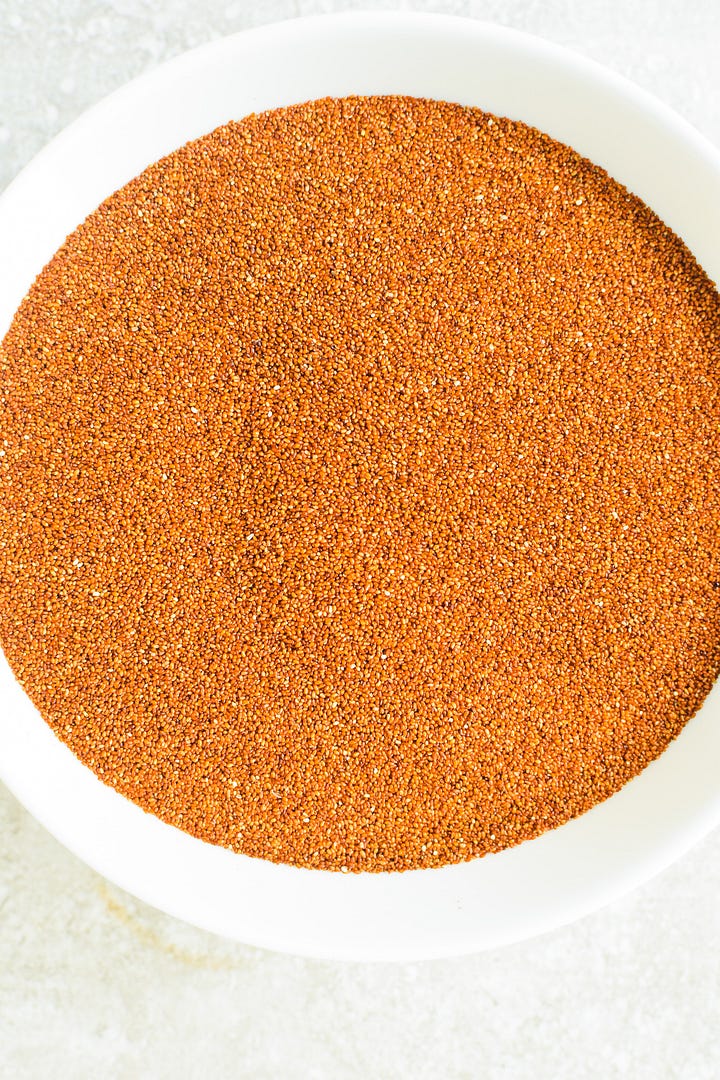

Millet
Sorghum
Fonio
West African Rice (already covered)
Teff
Vegetables
Moringa
Amaranth Leaves
Bambara Beans
Cowpeas
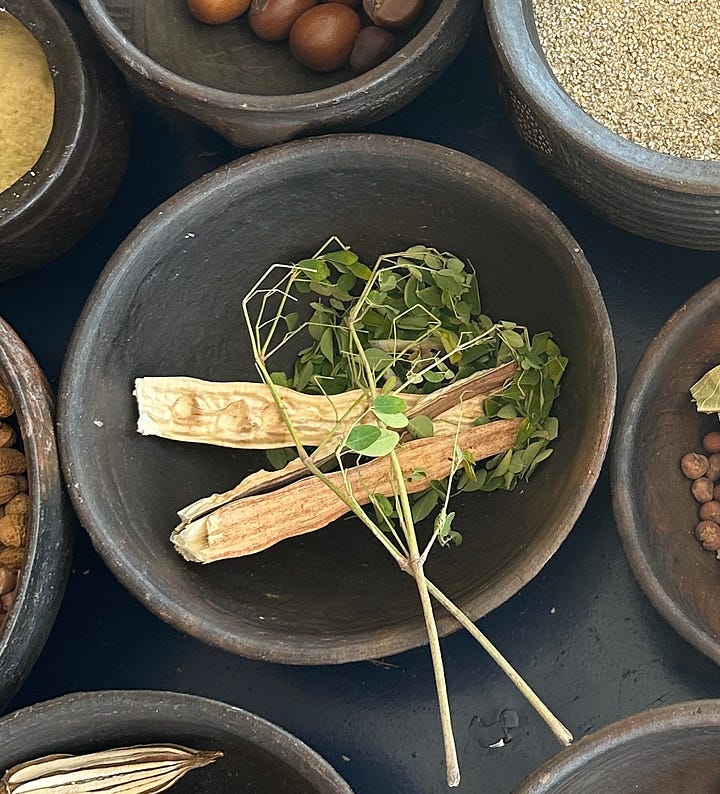
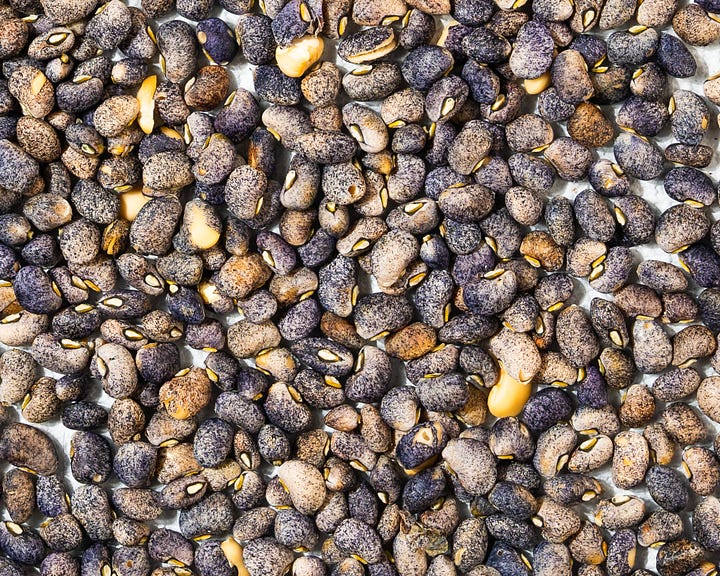
1. Moringa 2. Cowpeas 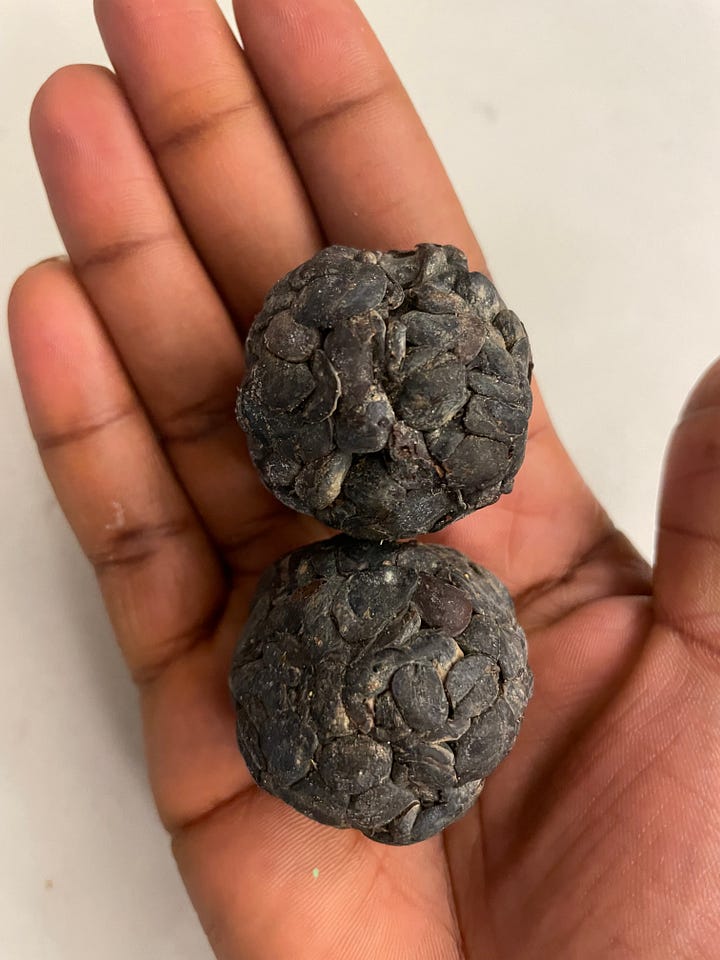
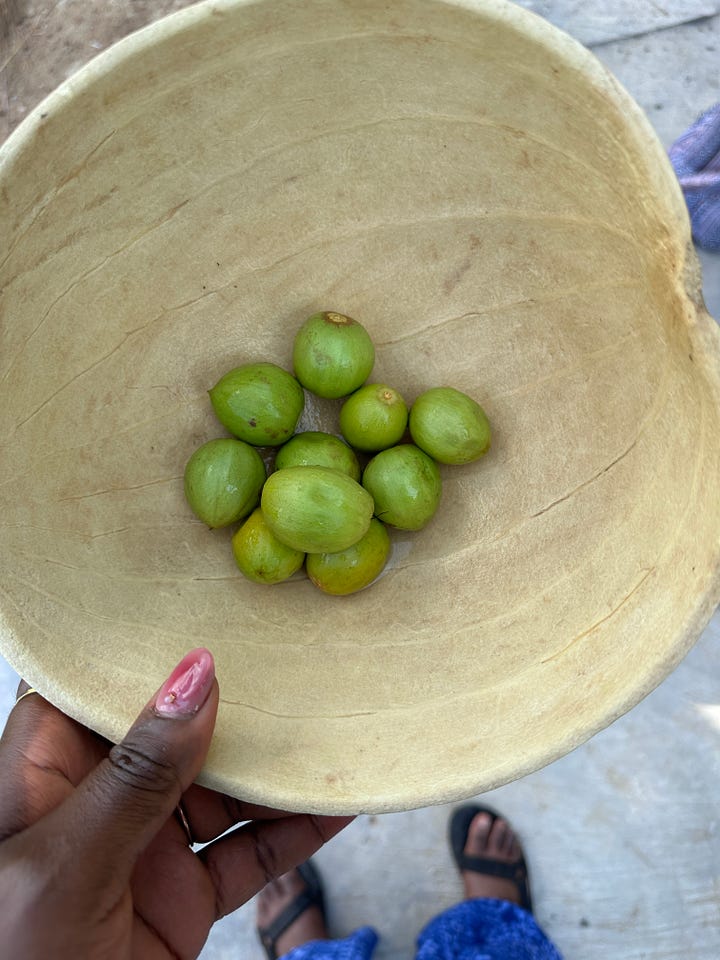
1. Fermented Locust Beans 2.Shea Fruit Baobab Leaves
Egusi
Locust Beans
Shea (while classified as a vegetable based on the oil, I will also be discussing the fruit)
Okra
Fruits

Baobab Fruit
Tamarind
Melon Seeds and Watermelon
There are far more wild fruits in this list that are much harder to access


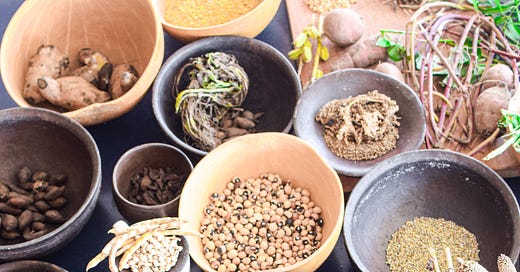



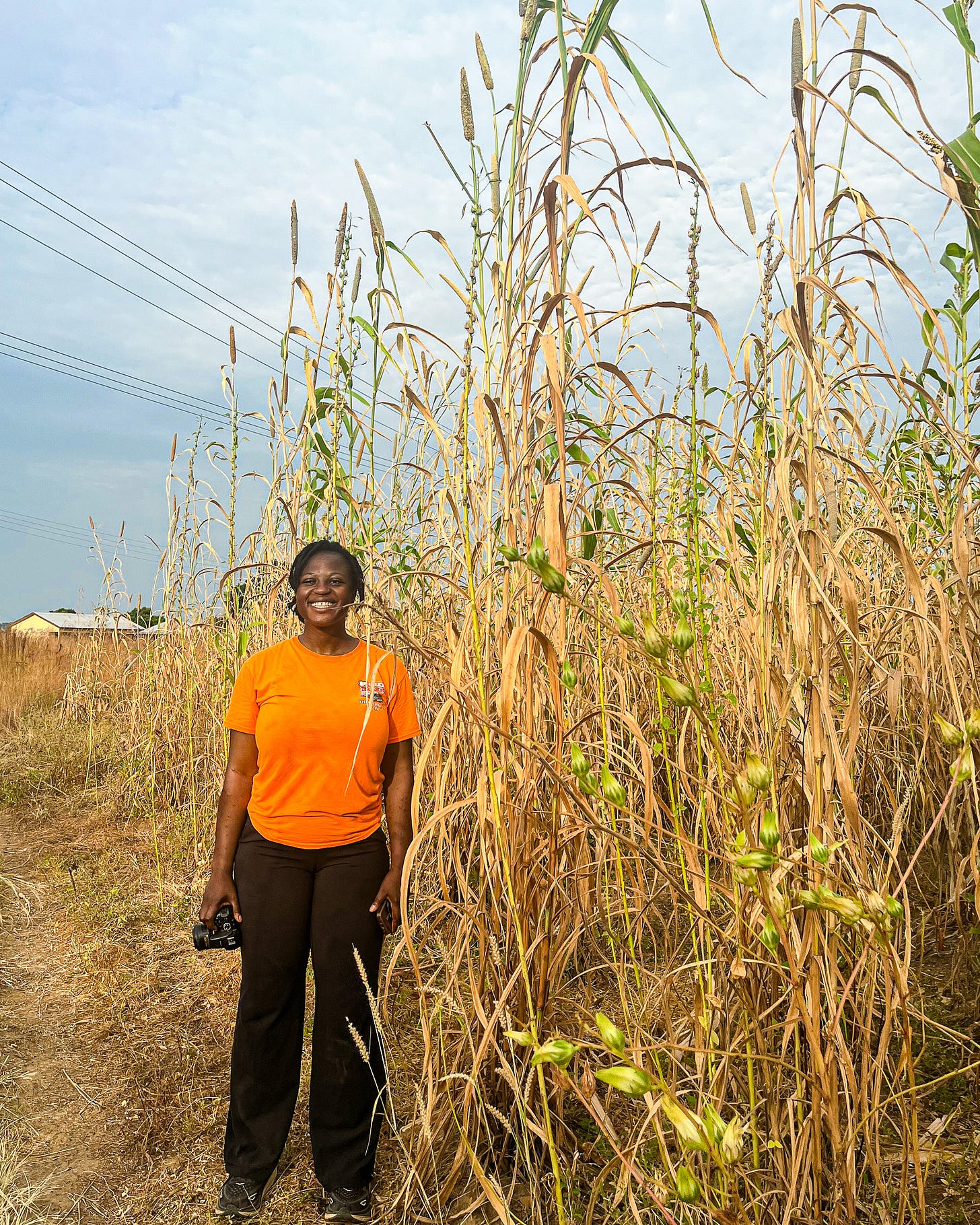
I’m looking forward to learning from you. This is really exciting work!
Really looking forward to this! Great idea for a series